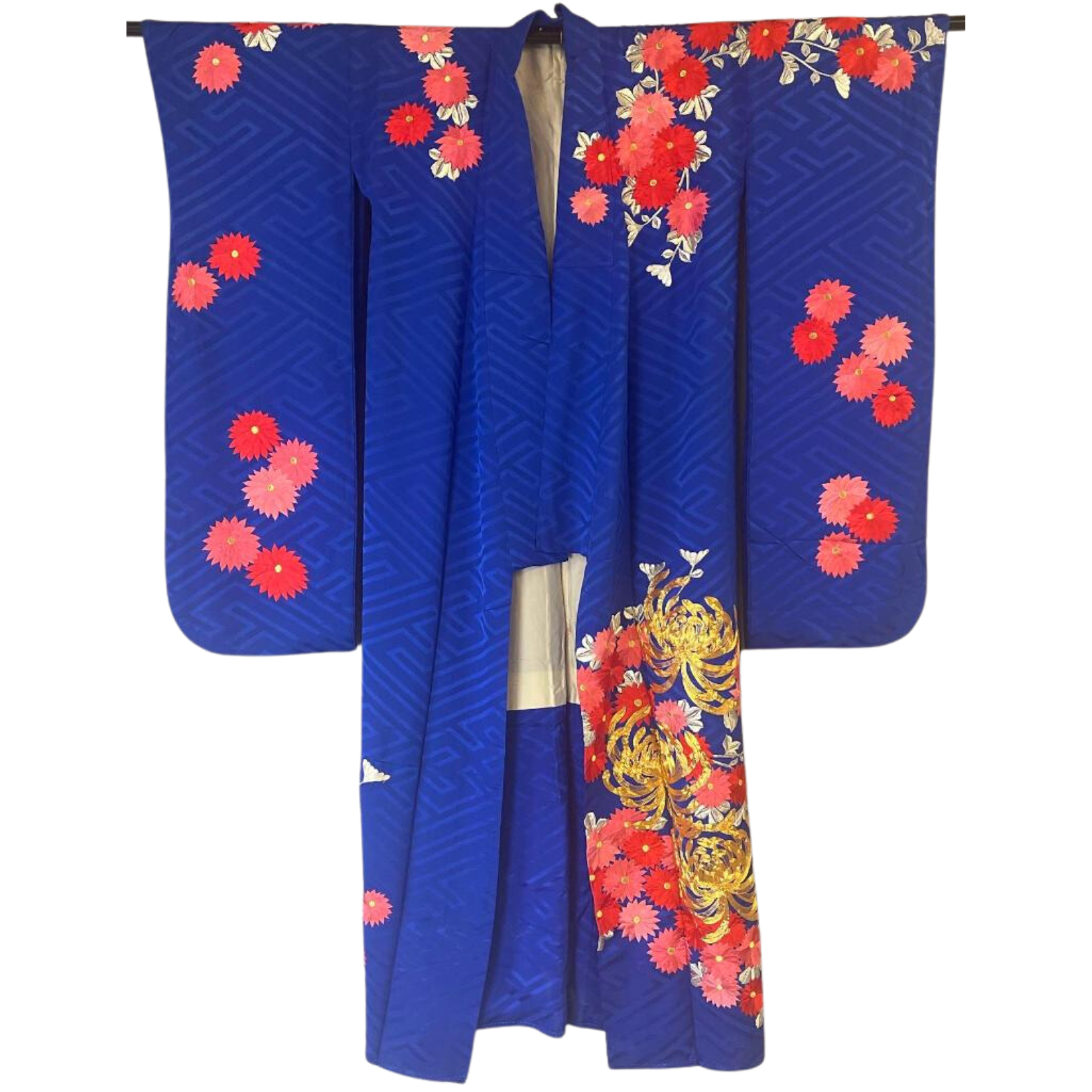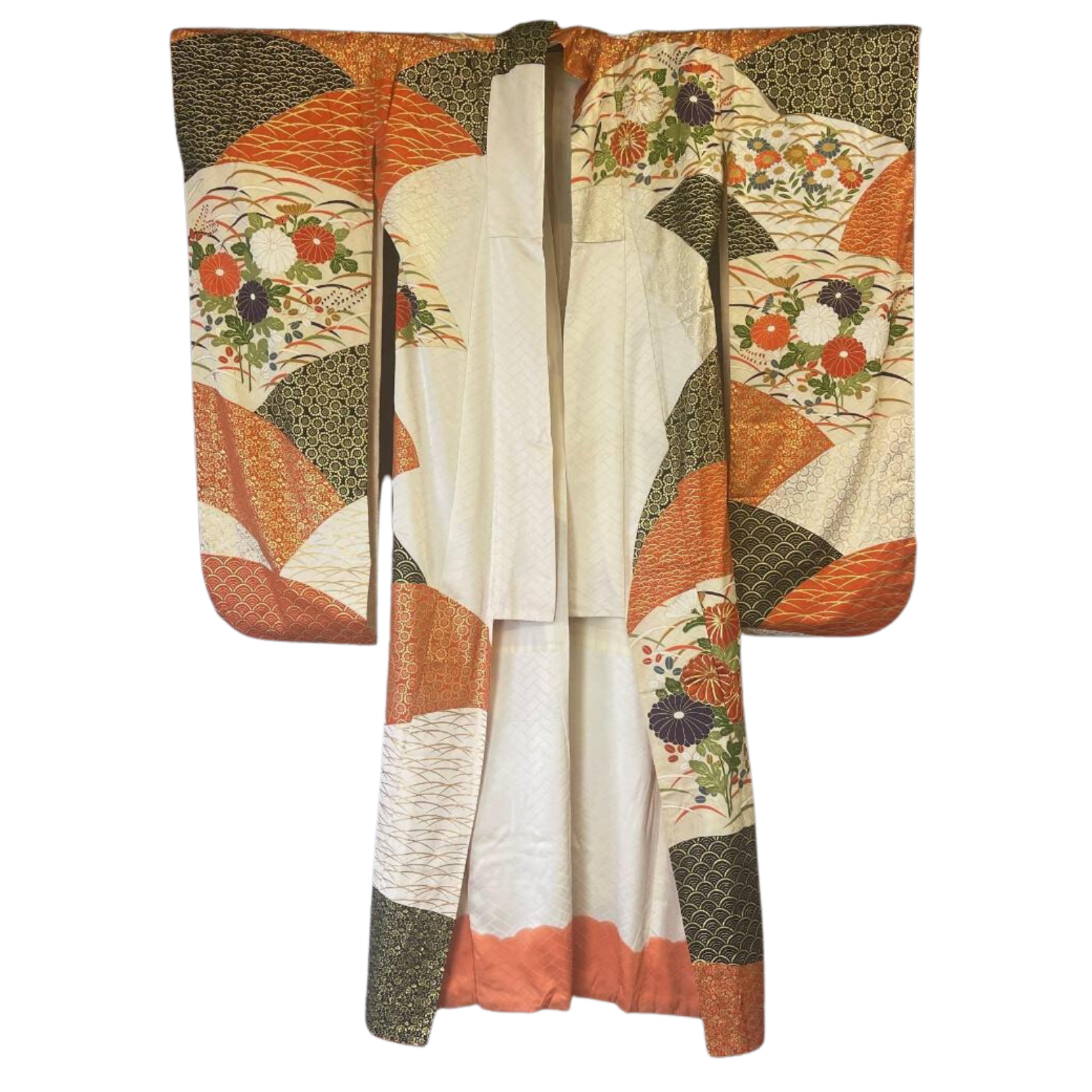The Kimono: A Japanese Classic
The kimono is a traditional Japanese garment that has been around for centuries. It's a robe-like dress that's wrapped around the body and secured with a sash called an obi. Kimonos can be made from a variety of fabrics, including silk, cotton, and polyester. They can be decorated with simple patterns or elaborate embroidery.
The kimono has a long and rich history. It originated in the Heian period (794-1185), when it was worn by both men and women. Over time, the kimono evolved into the standard form of dress for all Japanese people. During the Edo period (1603-1868), kimonos became even more popular, and they were often decorated with intricate patterns and symbols that represented the wearer's social status and occupation.
In the Meiji period (1868-1912), Japan began to open up to the West, and Western clothing began to influence Japanese fashion. As a result, many Japanese people started wearing Western clothes instead of kimonos. However, the kimono never completely disappeared. It remained popular for formal occasions, and it's still worn today by people of all ages. Kimonos are also popular among tourists who want to experience Japanese culture.
There are many different types of kimonos, each with its own specific purpose. Some of the most common types include:
Furisode: A formal kimono that's worn by unmarried women. It's characterized by long, flowing sleeves that reach the ankles.
Tomesode: Another formal kimono that's worn by married women. It has shorter sleeves than a furisode and is often decorated with elaborate embroidery.
Irotomofu: A casual kimono that can be worn by both men and women. It's typically made of cotton and is often decorated with simple patterns.
Yukata: A lightweight summer kimono that's worn by both men and women. It's typically made of cotton or hemp and is often decorated with simple patterns.
While kimonos aren't worn on a daily basis by most Japanese people anymore, they're still popular for formal occasions and special events. Kimonos are also worn by people who are involved in traditional Japanese arts, such as kabuki and sumo wrestling.
In recent years, there's been a renewed interest in kimonos among young Japanese people. Some young people are choosing to wear kimonos on a daily basis, while others are wearing them for special occasions. There are also a number of new designers who are creating modern and stylish kimonos.
The kimono is a beautiful and elegant garment that represents the rich cultural heritage of Japan. It's a timeless classic that's still enjoyed by people of all ages today.
Bid now in the Briggs Auction Kimono Collection on October 26, 2023.







